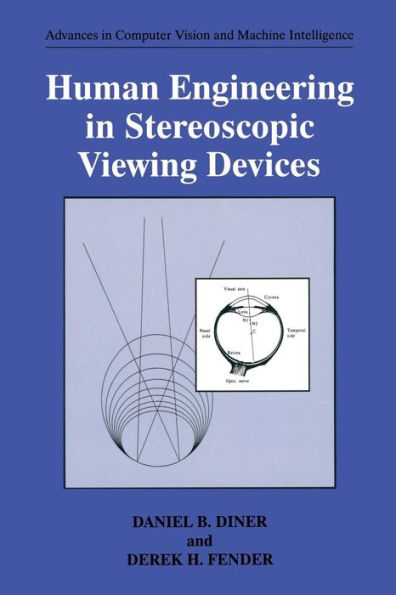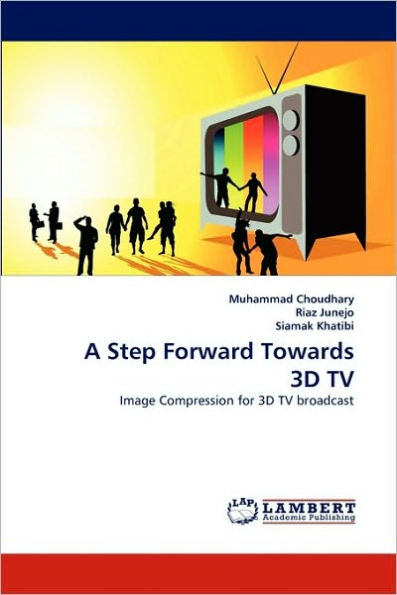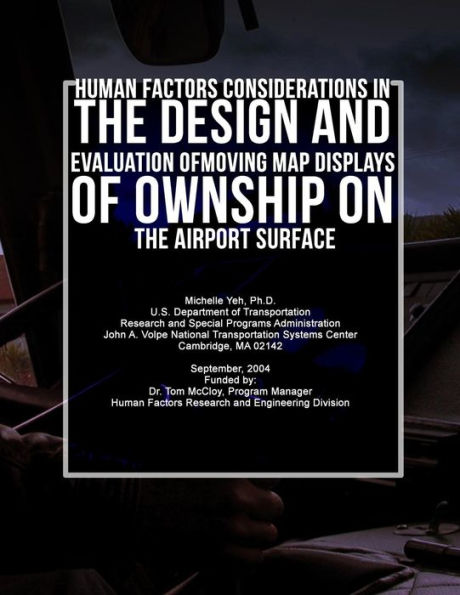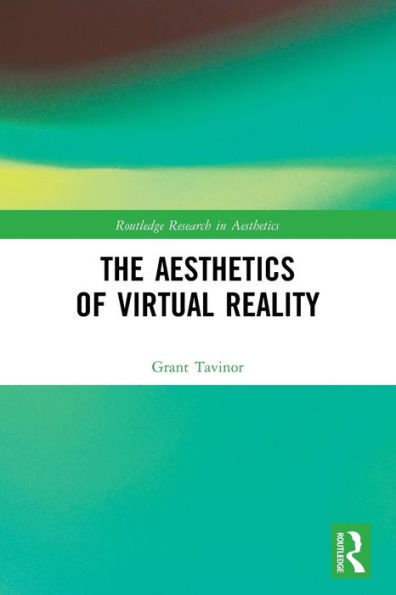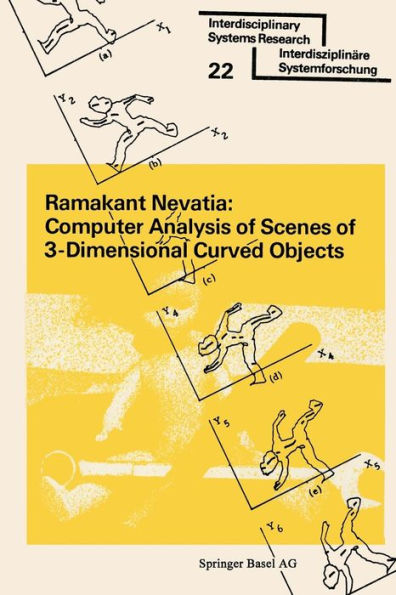Home
Human Factors of Stereoscopic 3D Displays



Human Factors of Stereoscopic 3D Displays
Current price: $54.99
Loading Inventory...
Size: OS
The reader will learn how to design stereo displays from a human vision/human factors perspective.
Over the past several years, there has been a growing interest in the development of high-quality displays that present binocular parallax information to the human visual system for inducing the perception of three-dimensional depth. The methods for presenting binocular parallax to an observer vary widely and include three broad categories of display: stereoscopic, holographic and volumetric displays. Because the technology for stereoscopic displays is more developed and more widely used, than those based on holography or volumetric methods, the proposed book addresses those human factors issues involved in the viewing of stereoscopic displays.
Despite the diverse methods for creating stereoscopic displays, which includes stereo spatial multiplexing as well as temporal multiplexing (i.e., field sequential) techniques, there remain common human factor issues that arise when viewing such displays. Human Factors of Stereoscopic Displays will provide a detailed review of these important issues so that they can be considered when designing and using 3D displays. In doing so, the following topics will be covered: interocular cross talk; interocular differences in luminance and contrast; accommodation-vergence mismatch; stereoanomaly; spatio-temporal frequency effects; distance scaling of disparity and high-level cue conflict.
